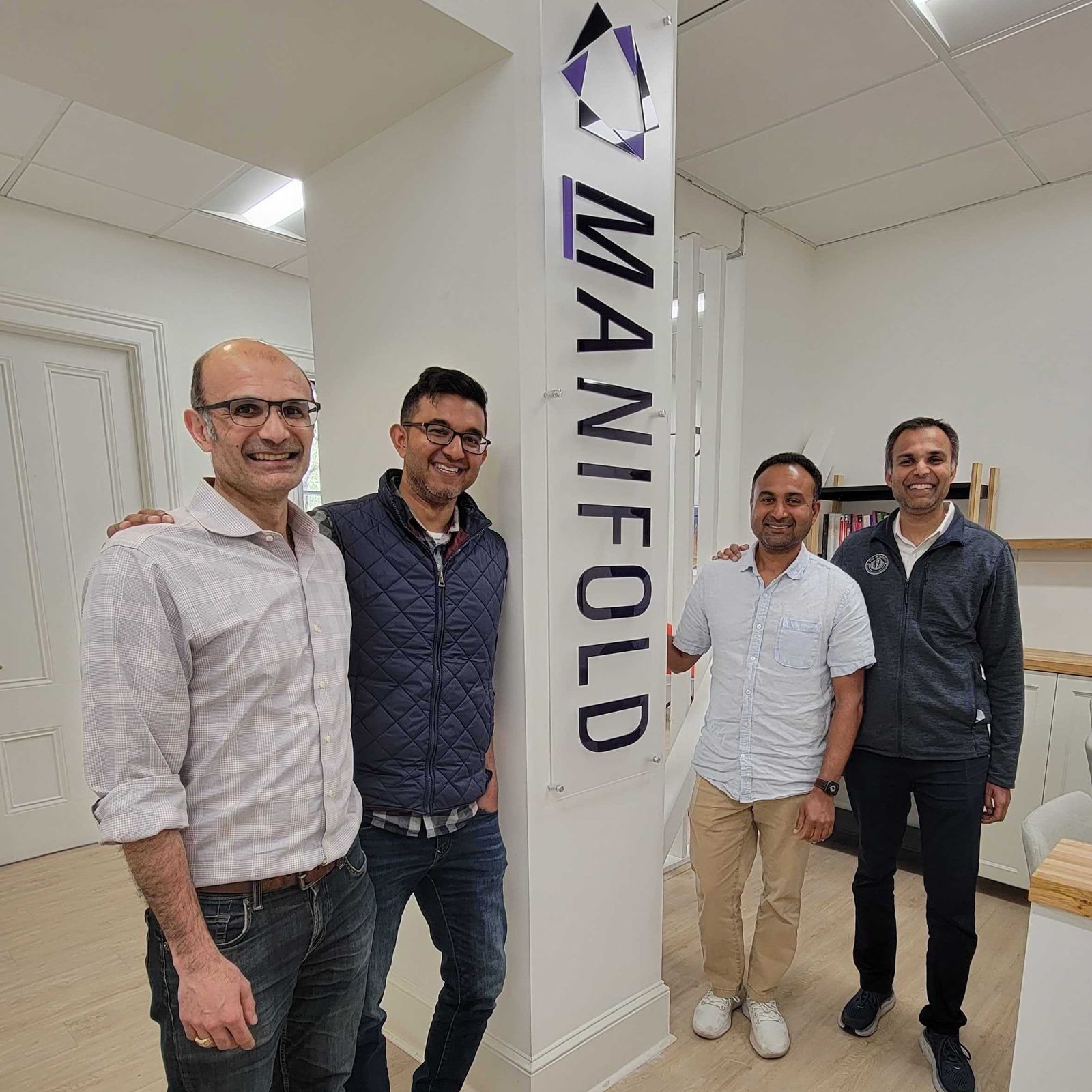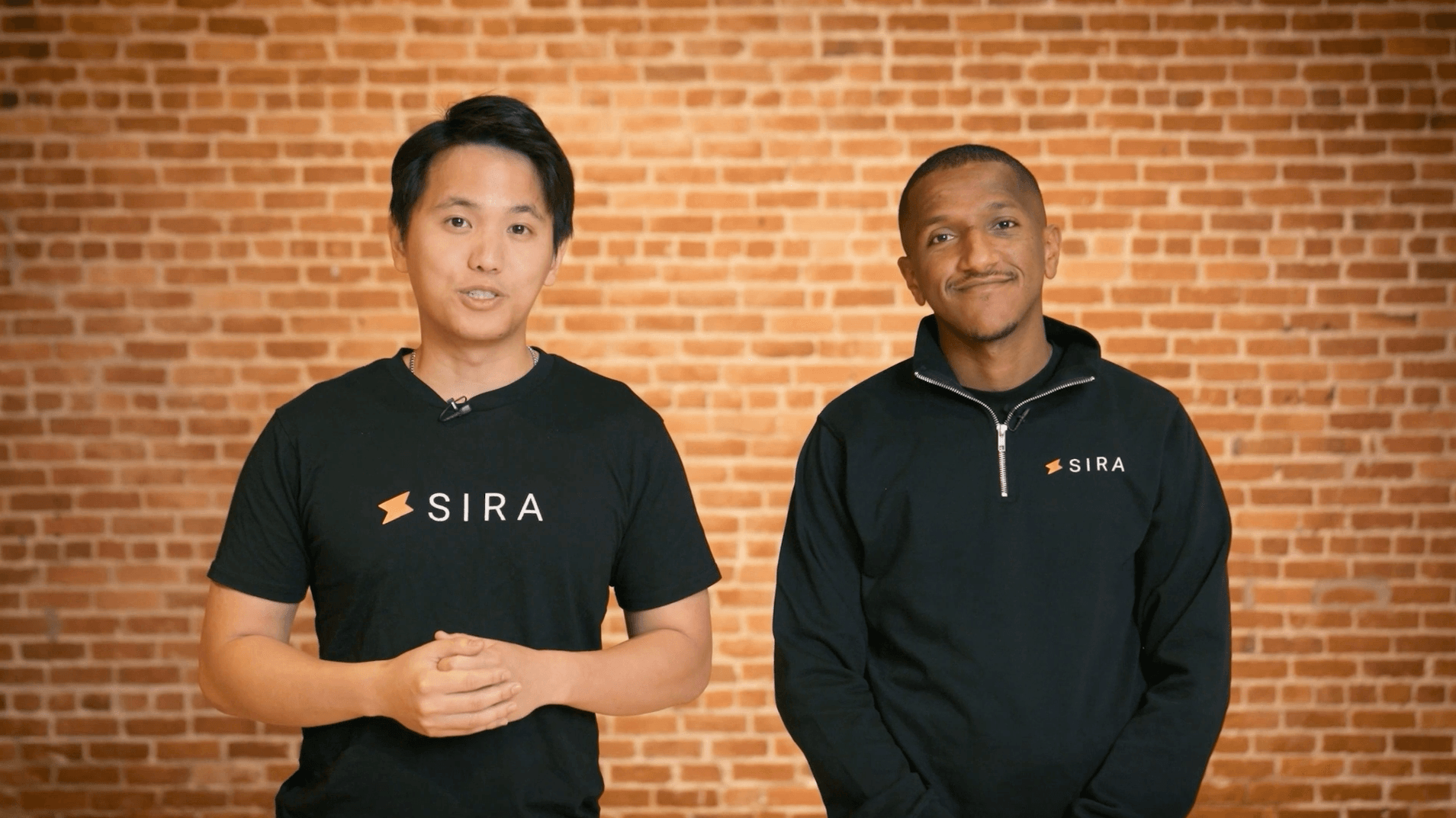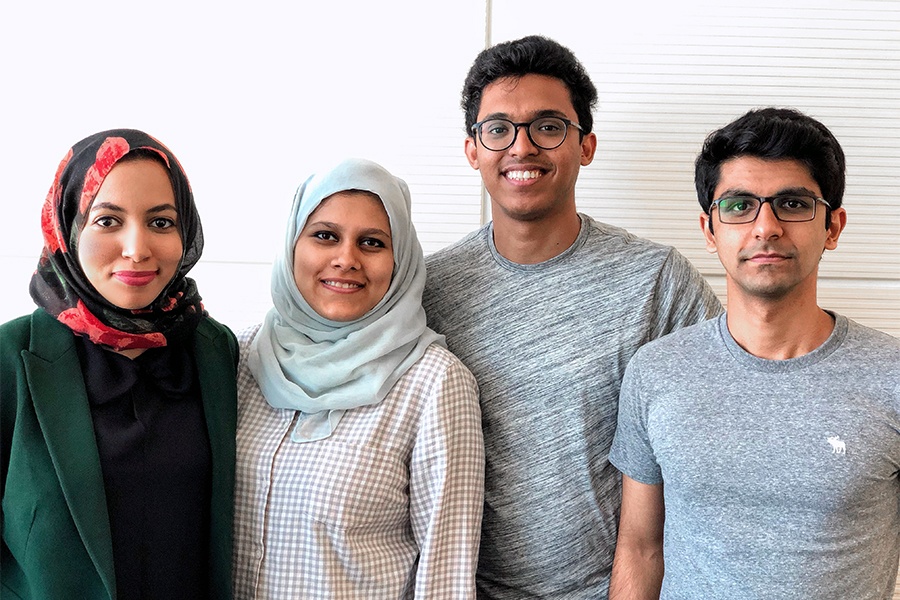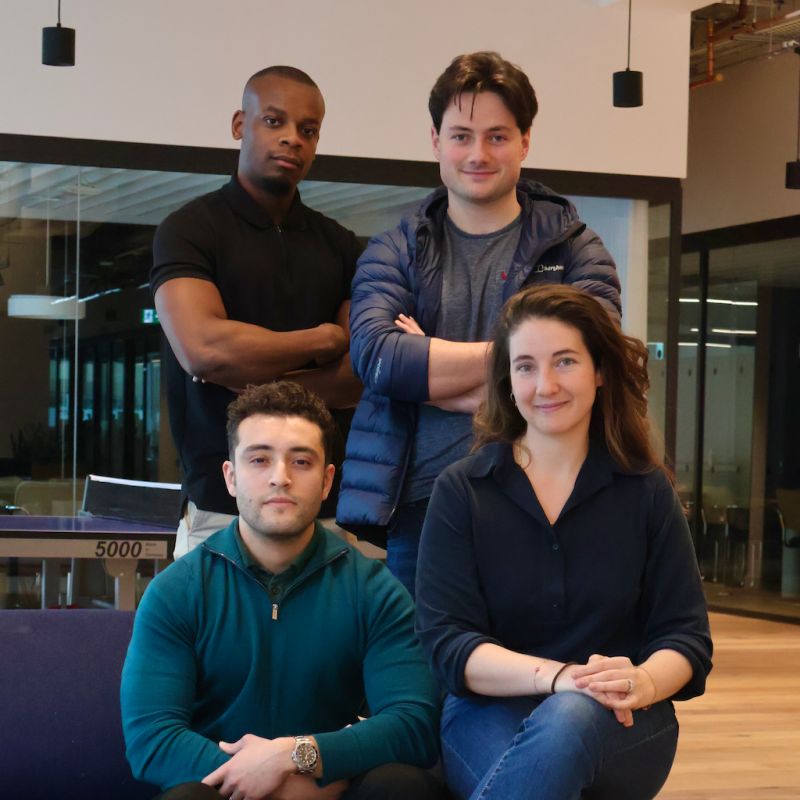The Future of Work Is Here. 8 Ways Every Founder Should Use AI in Their Workflow
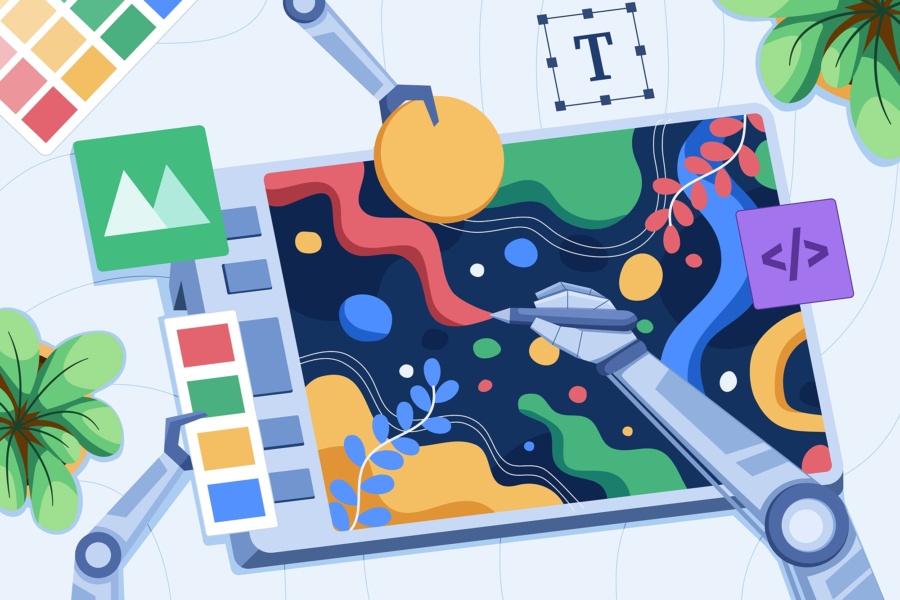
“In your interview, ask the engineer how they use GPT in their work. If they don’t, you probably shouldn’t hire them.”
A founder I recently spoke with shared this hot take on hiring. I’d argue that this applies to nearly every role within a startup today.
As an early-stage investor, one of the traits I search for in founders is velocity of learning: Finding tools and processes that can help small teams experiment, learn and iterate rapidly in their search for product-market fit and getting to liftoff. Figuring out what works — and what doesn’t — in when it comes to building and scaling your efforts.
What ChatGPT and other “generative” AI tools today enable is a turbo boost to that learning. Two important tenets to keep in mind: 1) The output is only as good as what you put in, in terms of scaffolding (prompt engineering, as well as targeted and thoughtful follow-up prompting); and 2) you’ve got to check its work and while you can expect it to get you 80% of the way there, it won’t actually do the work for you.
In this blog post, we’ll highlight eight ways every startup should consider using AI, based on our observation with founders and also within our own work.
